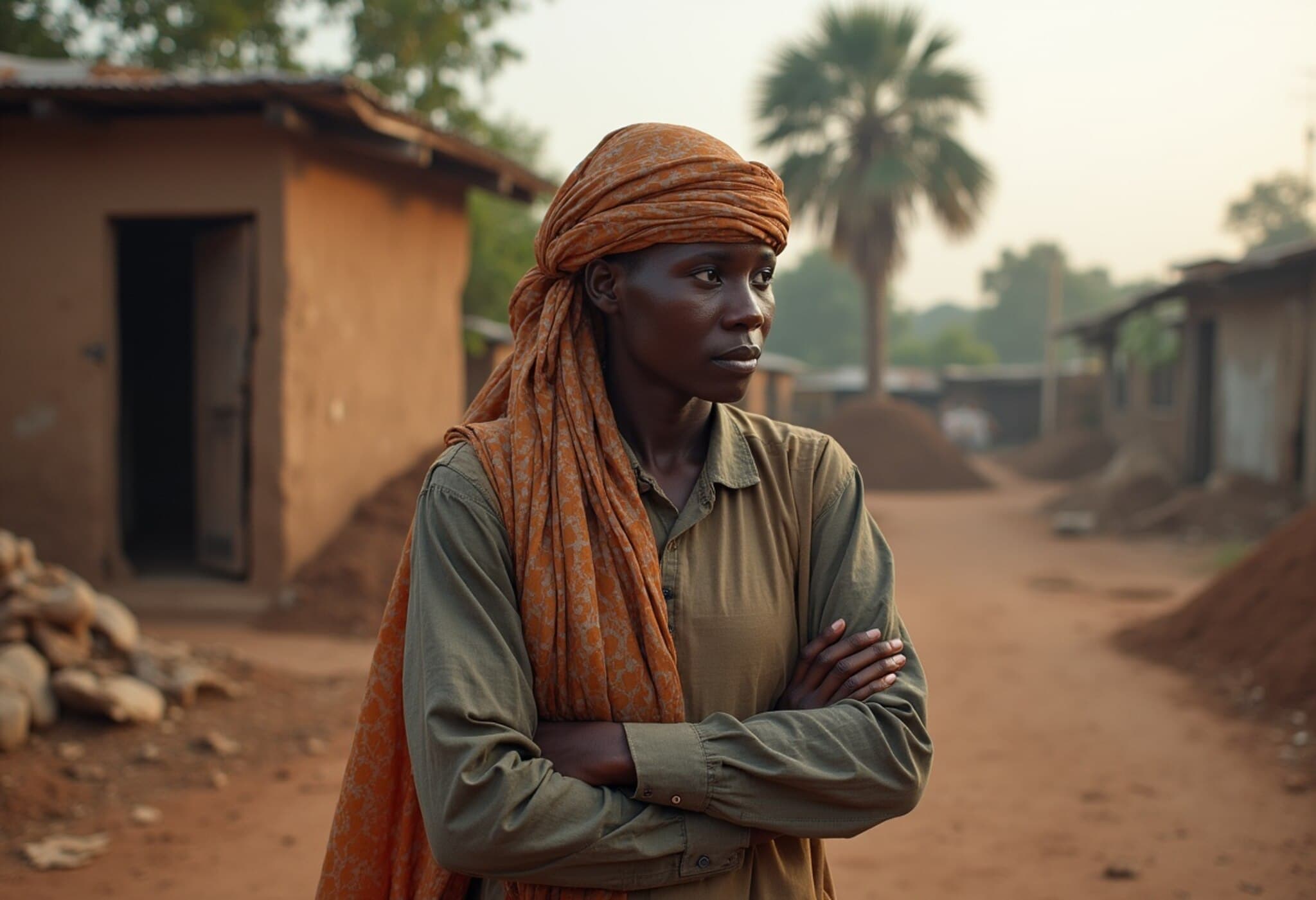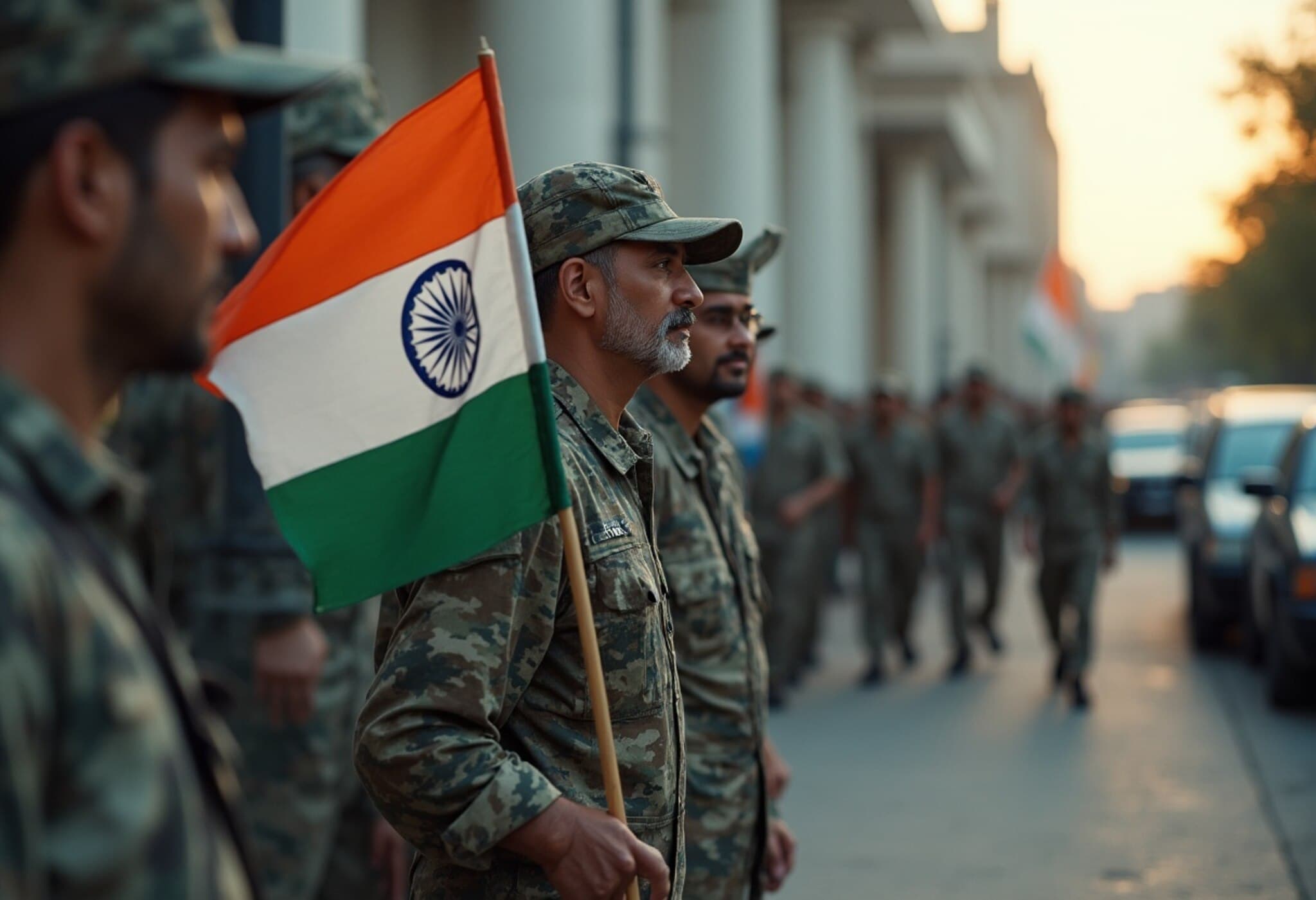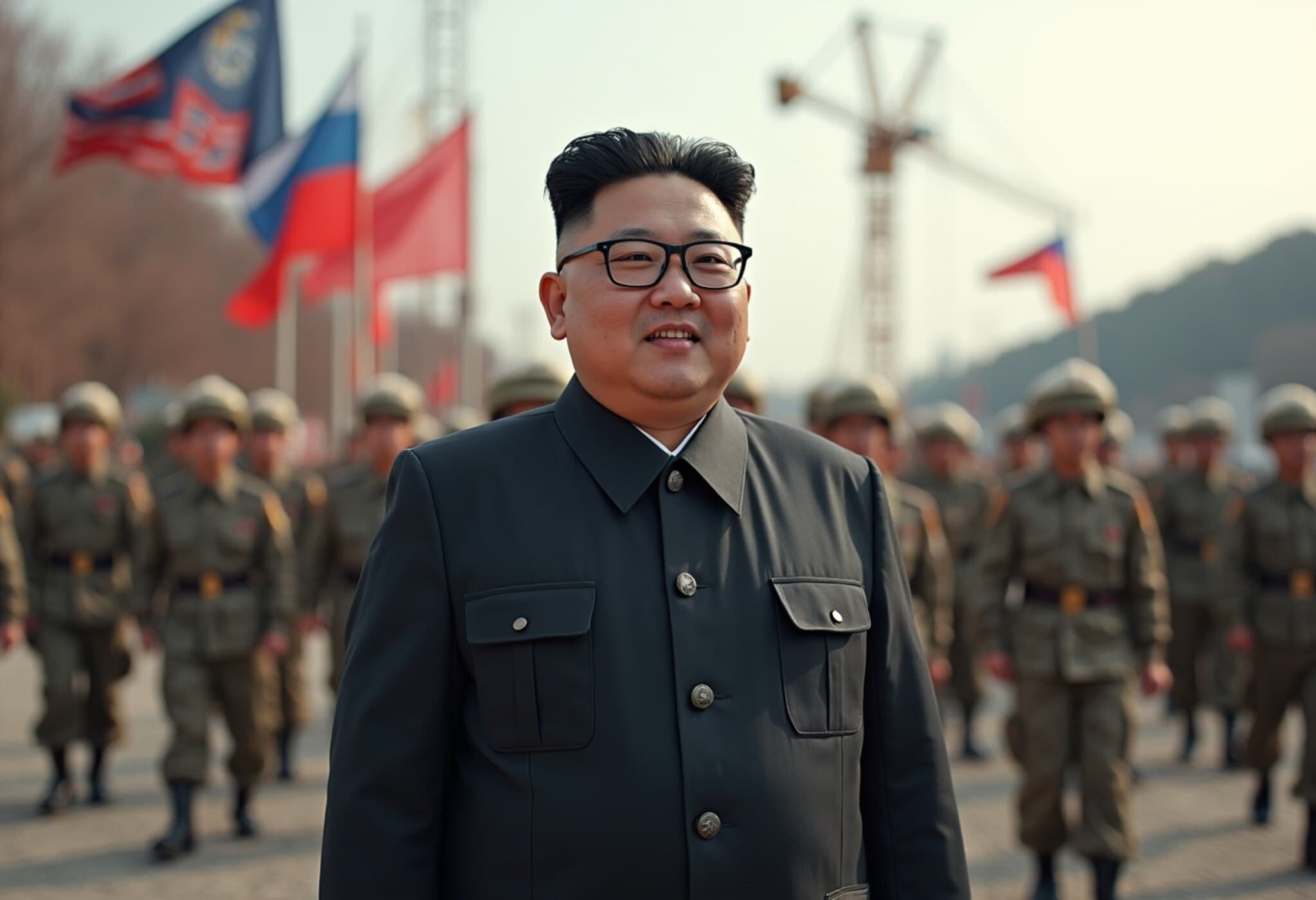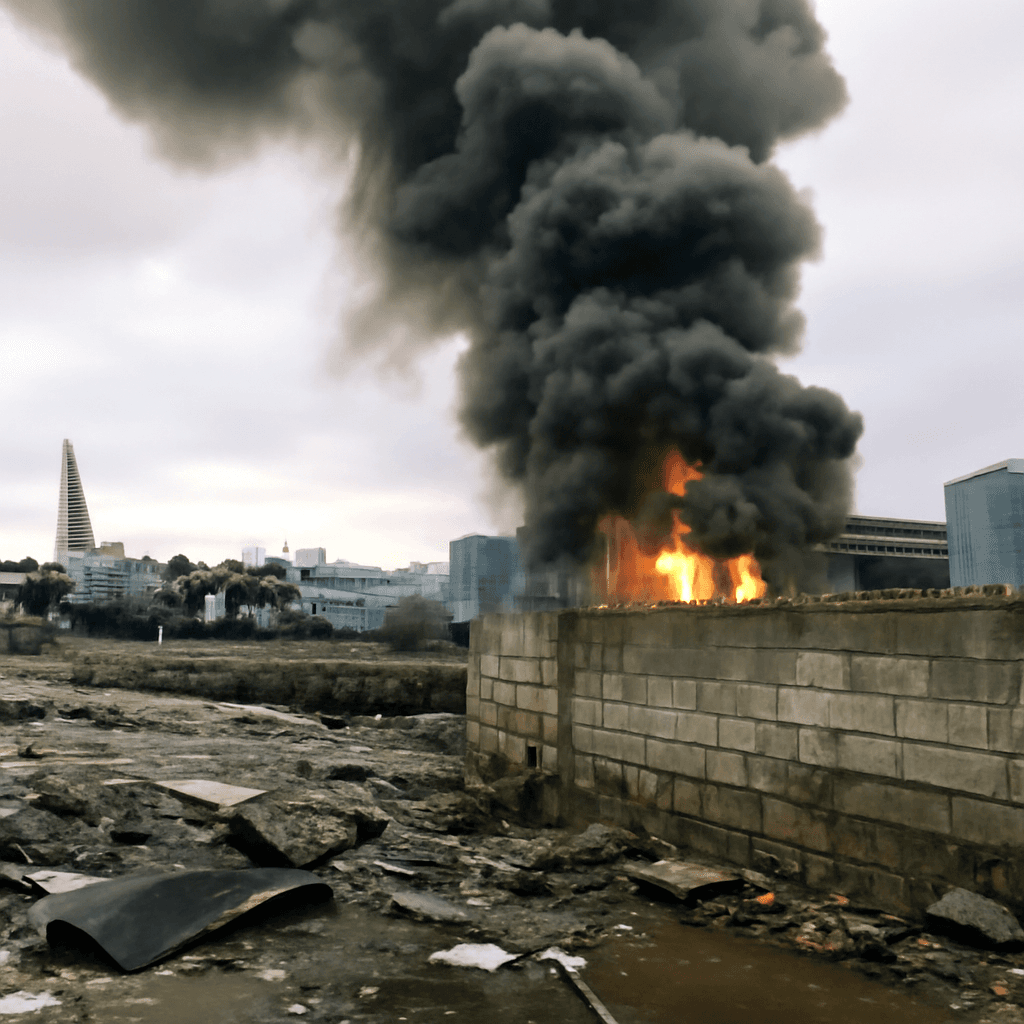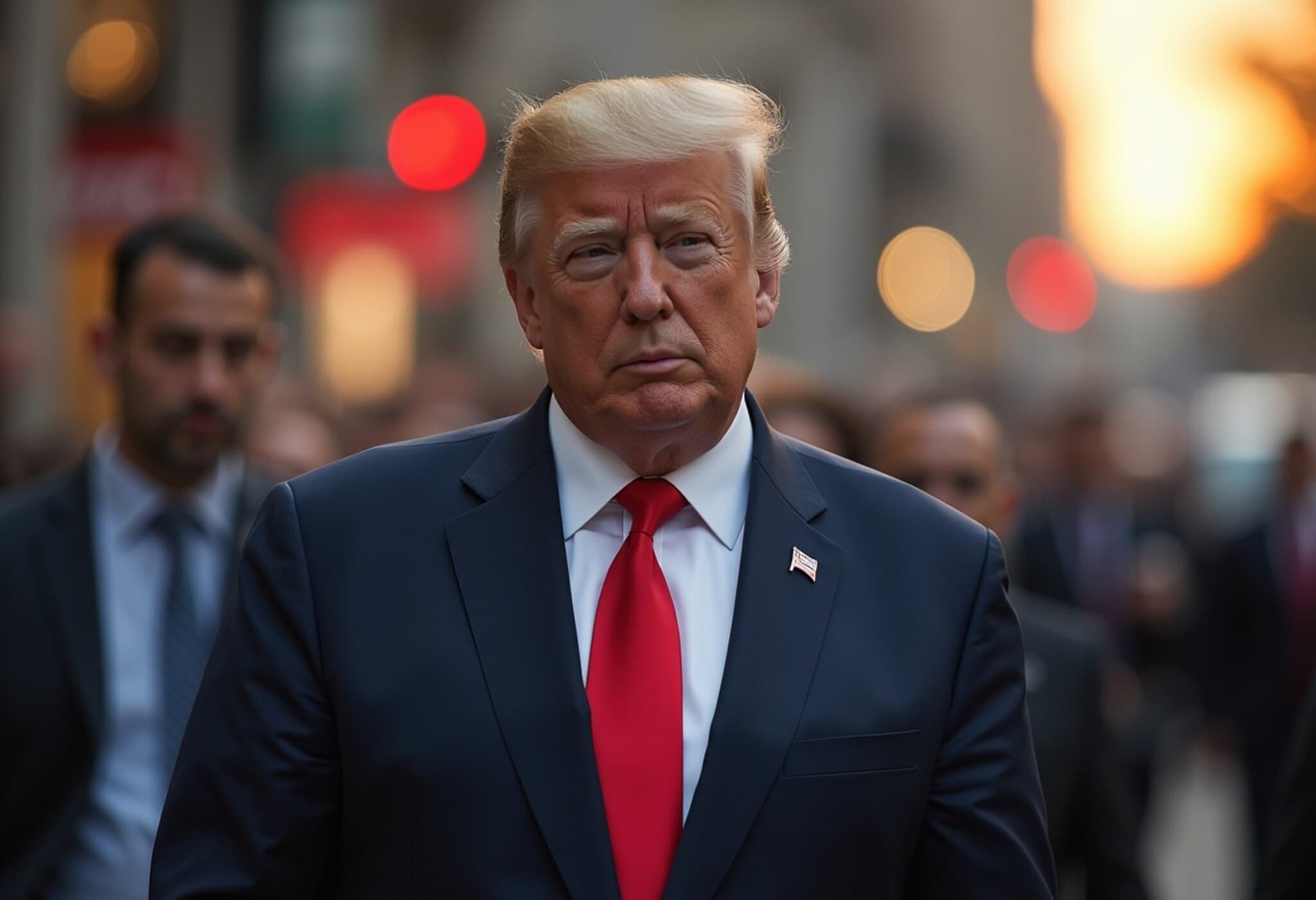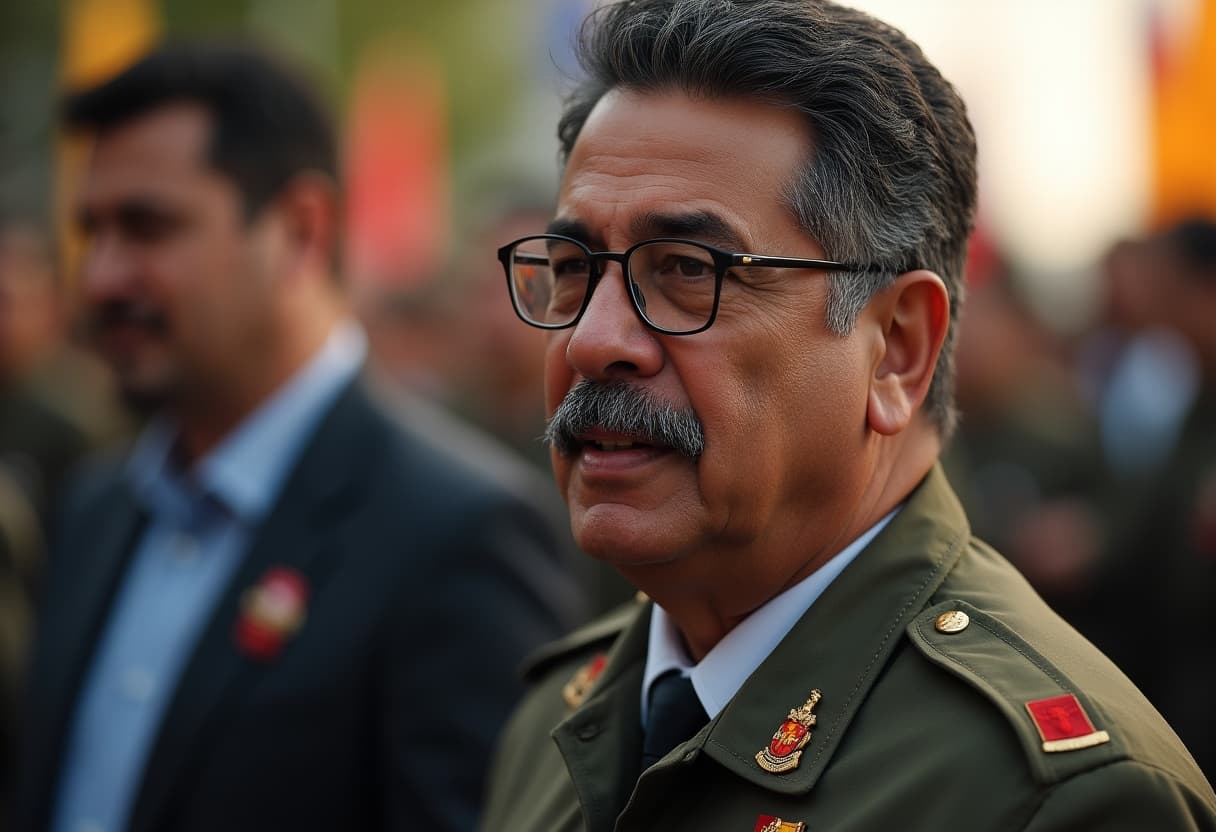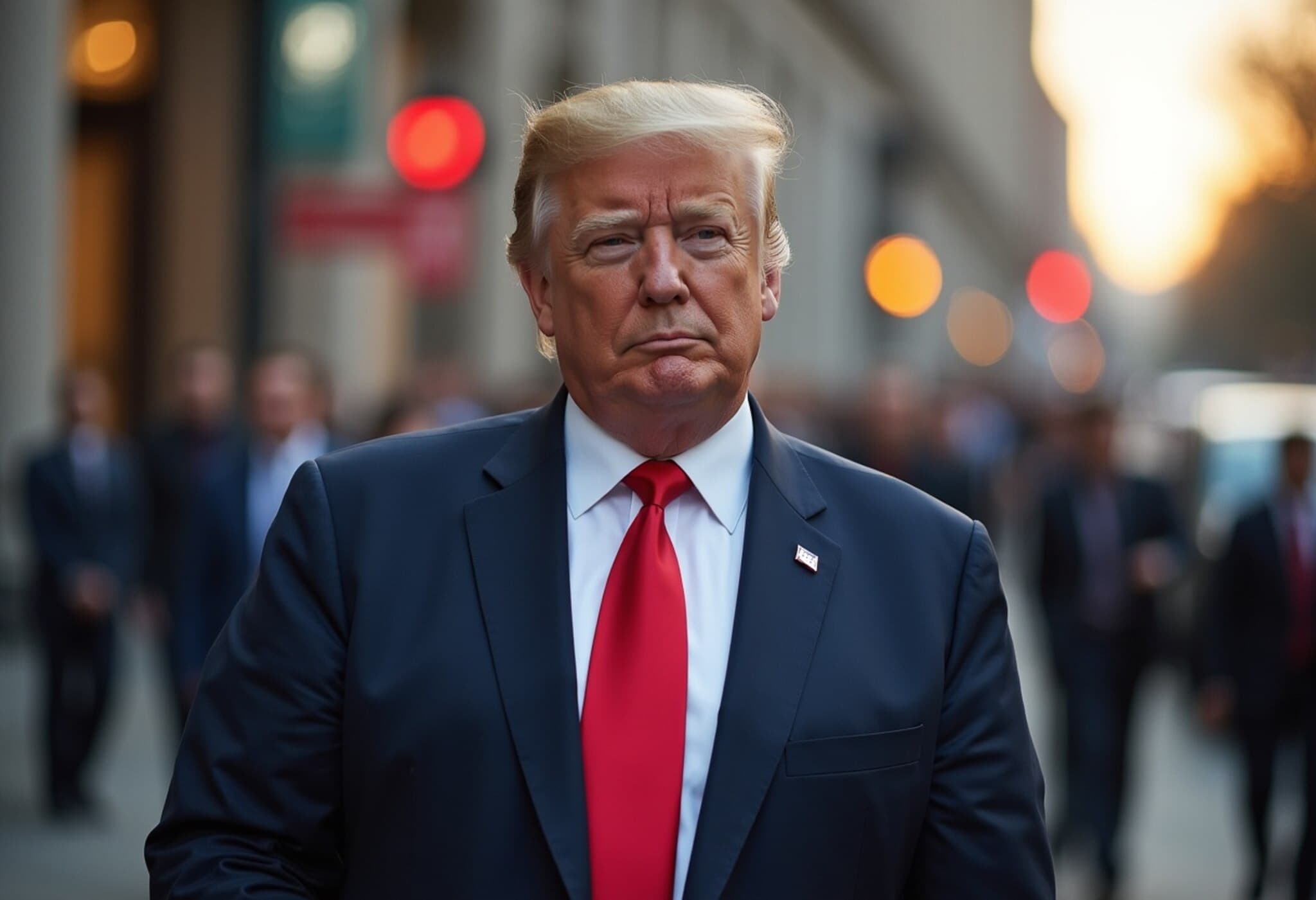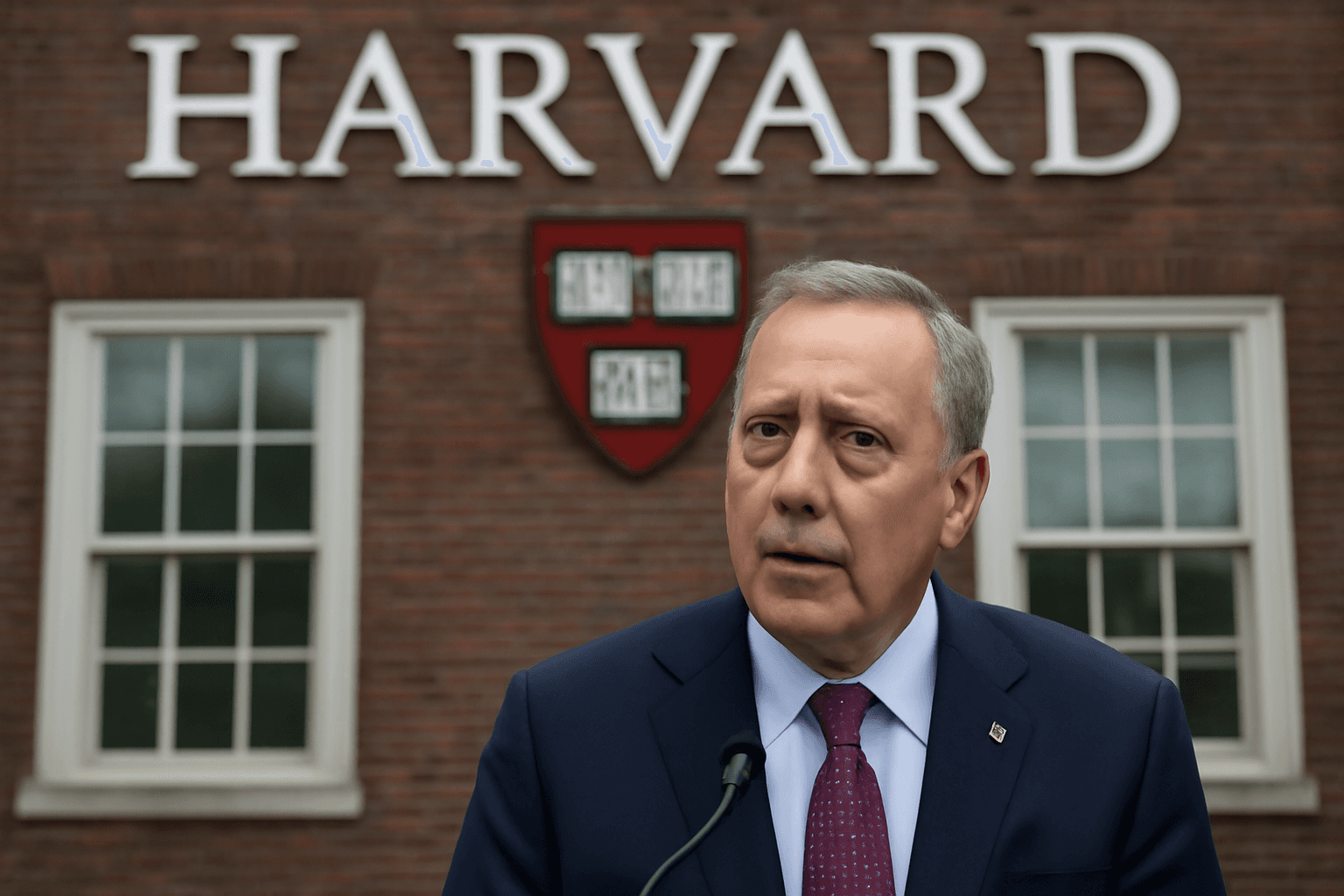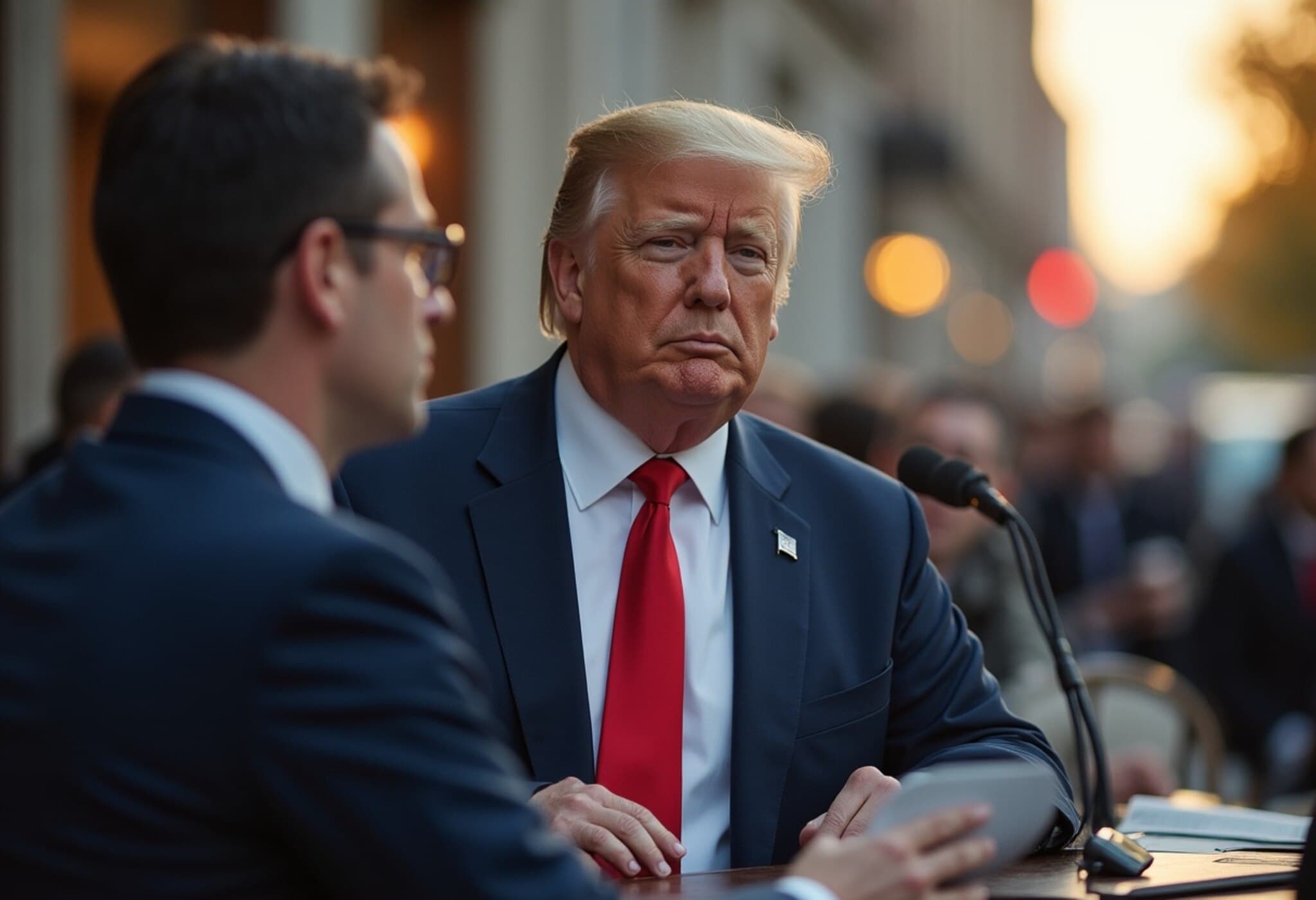A World Left Dry: How U.S. Foreign Aid Cuts Imperil Global Water Access
When water infrastructure projects pause halfway, the ripple effects touch entire communities — as seen in multiple countries where the Trump administration’s sharp reductions in U.S. foreign aid have left vital water and sanitation initiatives stranded.
Nearly Two Dozen Projects Frozen in Limbo
According to an investigative report by Reuters, 21 significant water-related projects across 16 nations have been halted amidst cuts to foreign assistance, disrupting progress and posing serious health and environmental threats. Interviews with 17 insiders revealed that many programs, once quietly unfolding, now stand half-built, with construction sites abandoned and materials unsecured.
The Human Cost: Vulnerable Communities Left Exposed
- Mali: Water towers intended to support schools and health clinics remain incomplete, depriving communities of essential safe water.
- Nepal: Over 100 drinking water systems suspended, with authorities forced to reallocate domestic funds to pick up the slack, as confirmed by Nepal’s Water Minister, Pradeep Yadav.
- Lebanon: A solar-powered water utility modernization project was scrapped, costing 70 jobs and compelling reliance on costly diesel alternatives, per energy adviser Suzy Hoayek.
- Kenya’s Taita Taveta County: An unfinished irrigation canal now amplifies flood risks, worsening hardships for farmers like 74-year-old Mary Kibachia, who says, "I have no protection from the flooding that the canal will now cause."
- Democratic Republic of Congo: Unfinished water kiosks stand as playgrounds but fail to meet safety needs — meanwhile, young community members face violence during water collection, underscoring severe social vulnerabilities.
The Shift in U.S. Aid Management and Its Wider Implications
Once overseen by the U.S. Agency for International Development (USAID), the responsibility for foreign aid shifted to the State Department under the Trump administration. While some funding was restored — such as a notable $6 billion desalination project in Jordan — the majority of crucial water projects remain stalled.
Secretary of State Marco Rubio’s statements suggest a future with even tighter restrictions on aid, reflecting the administration’s emphasis on redirecting resources to domestic priorities.
Public Health and Security Concerns Loom Large
A study by The Lancet warns that ongoing cuts to humanitarian and health aid could contribute to an additional 14 million deaths worldwide by 2030. Beyond health, the consequences include potential security risks: a draft memo from the U.S. embassy highlights how incomplete projects may tarnish America’s global standing and inadvertently empower extremist groups such as al Shabaab, which has previously exploited regional instability in Kenya.
Communities Struggle to Adapt Amid Funding Gaps
Local residents and officials are scrambling to salvage construction materials and find alternative funding sources. Yet for farmers like Mary Kibachia, the damage is palpable and personal. "Where can I go? This is home," she says, illustrating the deep-rooted connection to their land and the profound impact of infrastructure collapse.
Expert Analysis: The Unseen Consequences of Aid Withdrawal
From a policy standpoint, these stalled projects reveal the complex interplay between foreign aid, humanitarian outcomes, and geopolitical strategy. Historically, bipartisan efforts have reinforced U.S. commitment to global water security — notably with a 2014 law that doubled water-related funding. The recent retrenchment, therefore, marks a significant policy pivot with far-reaching ramifications.
Experts warn that cutting foreign aid in critical sectors like water access goes beyond budget concerns: it risks exacerbating global inequities, contributing to climate vulnerability, and undermining U.S. diplomatic influence in key regions.
Looking Ahead: Can Resilience and Innovation Bridge the Gap?
International partners, NGOs, and local governments are increasingly called upon to fill the void left by reduced U.S. support. Innovative financing models, community-led initiatives, and public-private partnerships may provide partial solutions. However, without stable and predictable funding, progress remains fragmented and uncertain.
Editor’s Note
The suspension of essential water projects underlines a critical issue often overlooked in foreign policy debates: access to clean water is foundational to health, security, and dignity. As the U.S. reevaluates its role in global aid, the challenge is to balance domestic priorities with the undeniable human costs abroad. Will future administrations restore this lifeline — or leave millions to face a world left increasingly dry?

